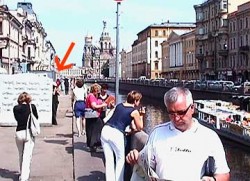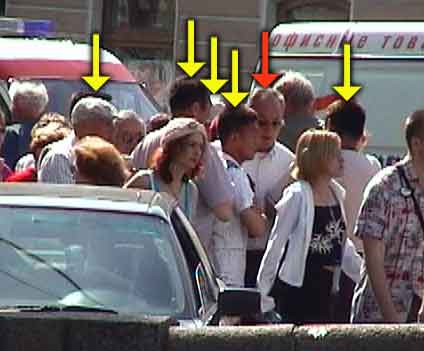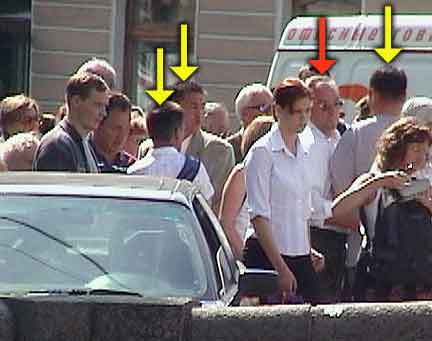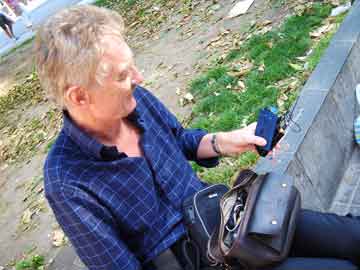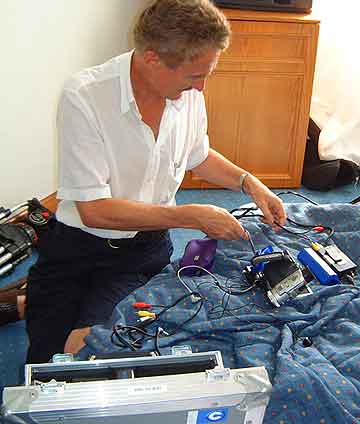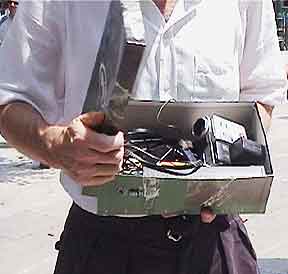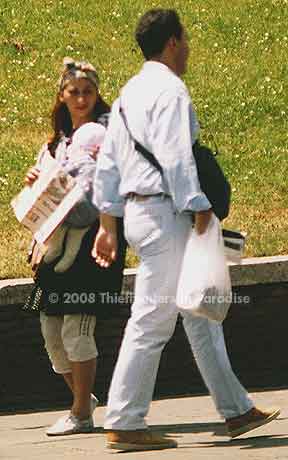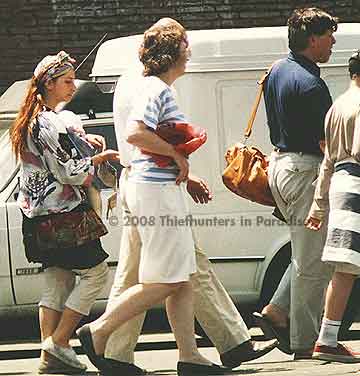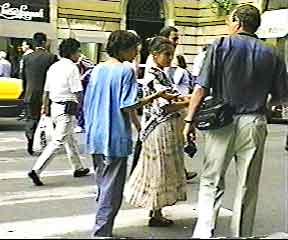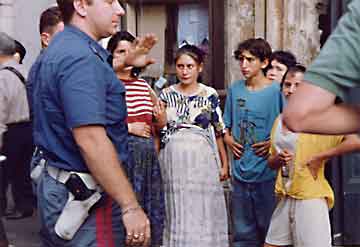Beijing street food
Arachnid kebob, anyone? If you haven’t lost your appetite from all the lusty hawking and spitting and splatting, your stomach will certainly rumble as you browse Beijing’s edible temptations. Between great steaming caldrons and vats of bubbling oil, squirming specimens are lined up, already impaled, ready to be plunged to their crispy deaths. They’re simply waiting to be chosen…by you?
If you’re bored by the ordinary, fed up with fishballs and fried octopus, sick of spicy noodles and delicate dim sum, why not try the next level of Beijing street food? Have something on a stick.
The adorable seahorses must be all crunch when fried, but who’d want to eat such a fantastical creature? I’m heartbroken to see the splintery skewer piercing the armor of its chubby belly while it’s big round eyes stare sadly… Excuse me while I anthropomorphize. Don’t call me ethnocentric!
On the other hand, I get the shivers looking at the seahorses’ stick-mates. The headless scorpions curl and straighten their tails and claw the air. They’re certainly fresh, but not terribly appetizing, even though my heart holds no soft spot for them.
When I see them fried, they’re no more offensive than a barbecued shrimp: a thin-shelled body with a lotta legs. Crisp and plump, with the promise of succulent sweetness inside. It’s mainly a difference in attitude and behavior, isn’t it, between the shrimp and the scorpion. One swims, one hikes. One fishes, one hunts. One has charm and magnetism, the other is furtive and hostile. The scorpion’s reputation makes him repugnant. It’s prejudice! And look: unlike the shrimp, the scorpion’s fully edible—no legs or tough shells to spit out. Still…no thanks. I can’t bring myself to nibble one.
The young woman in the video is a Russian tour leader. And yes, she ate them all—I watched. She judged the fried scorpions “actually quite pleasant.” She was hesitant to eat their tails, but I know about these things and told her the shop would have removed the stingers if they were harmful. She bought it and chowed ’em down.
Silkworms, locusts, and grasshoppers are other potential snack options, sold separately or in colorful combinations. Big fat larvae, mahogany brown and shiny with oil, are five on a stick. They look like beads of exotic hardwood, but I know their liquidy centers would gush out at the gentlest squeeze. Wait, on closer inspection they appear to be candied. My mouth waters in anticipation of a brittle coating of burnt sugar shattering against my teeth. Maybe they’re buttered, not oiled… I’m close to grokking the allure of the delicacy. If it weren’t for the damn ick factor.
Read the rest with more photos… Continue reading











